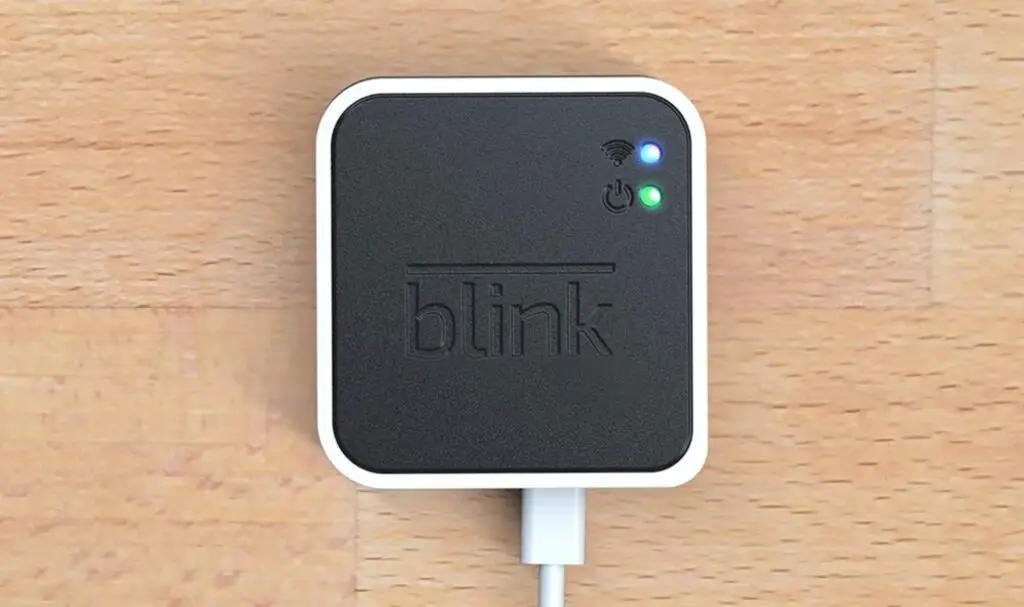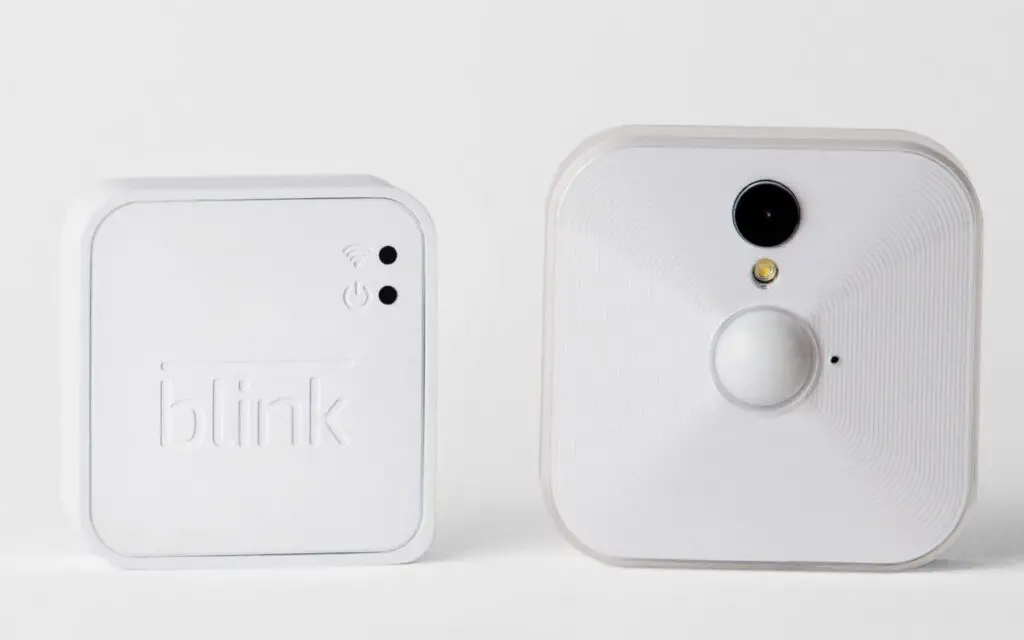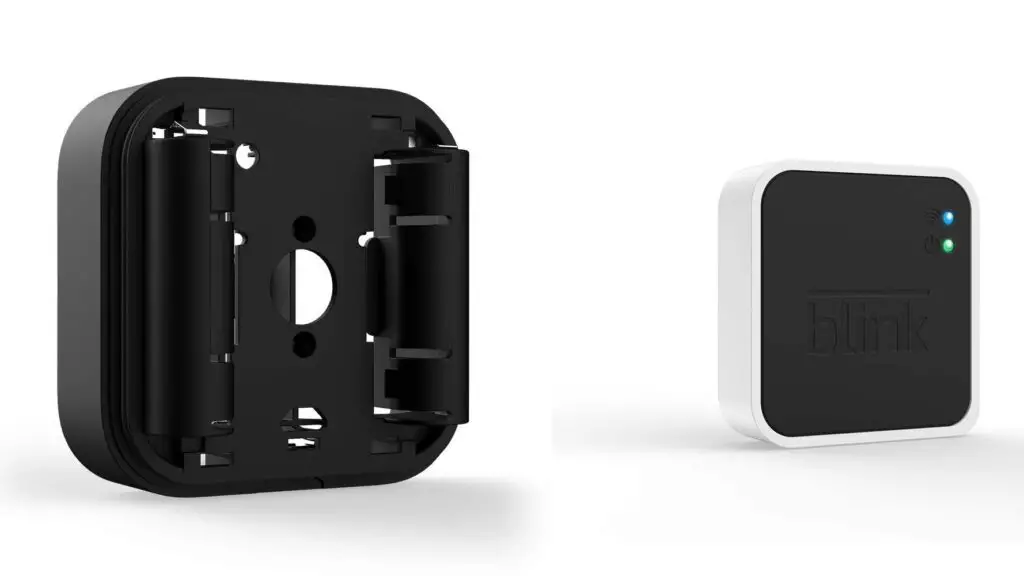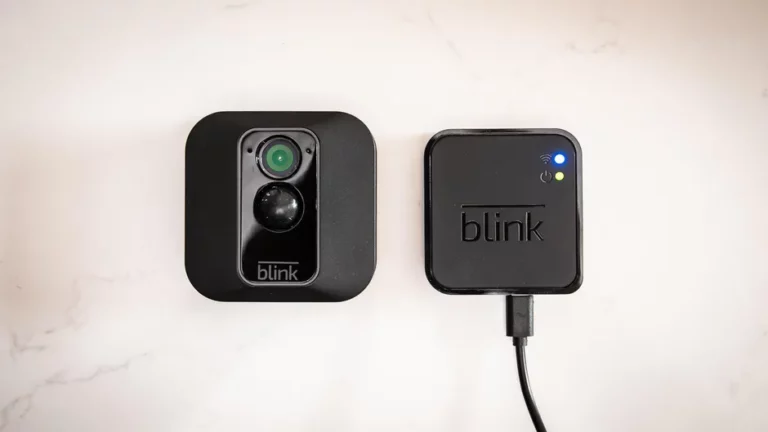Introduction
Can Blink Camera Work Without Sync Module: Home security systems have become more advanced and affordable, allowing homeowners to protect their possessions. This revolutionary product is the Blink camera, known for its easy setup and consistent functioning. Blink cameras used a sync module to communicate with the cloud and allow remote access. This article examines the Blink camera system’s solo performance without a sync module.
Understanding the potential of operating the camera without the module could have significant implications for users looking to expand their security system without additional costs or complexities. We will delve into the fundamental role of the sync module in the Blink camera system, emphasizing its importance in enabling seamless integration between cameras, mobile devices, and cloud storage. The study will investigate user experiences and reviews regarding attempts to use the Blink camera without the sync module. The challenges faced and the limitations encountered during such endeavors, shedding light on potential hindrances to standalone operation.
This research will also examine manufacturer firmware and software changes that improve independent functionality. Understanding the manufacturer’s perspective and efforts to meet independent operation user requests can be helpful. By assessing its standalone capabilities, homeowners and security aficionados can choose the best security configuration for cost, convenience, and performance.

Can I use Blink mini camera without sync module?
The Blink Mini is designed to operate on its own (no sync module required) however if you wished to use the local storage option available for the Blink Mini you would need to pair it with the sync module 2 and compatible USB flash drive.
Yes, the Blink Mini camera works without a sync module. The Blink Mini does not need a sync module to function, unlike other Blink cameras. It Blink Mini camera appeals to users who desire a plug-and-play solution without hardware.
The Blink Mini camera connects directly to your Wi-Fi network, making setup easy with the Blink app on your smartphone. Live view, motion detection, two-way audio, and cloud storage for footage are crucial. Be aware that the Blink Mini camera has some limitations without a sync module.
The Blink Mini cannot be used with many cameras like the Blink camera system with a sync module. This prevents you from synchronizing cameras, creating custom zones, or using advanced Blink capabilities. For simple, economical home monitoring, the Blink Mini camera is an alternative. Its ease of use and vital features make it appropriate for individual camera applications like home room monitoring.
How do I reset my blink camera without syncing the module?
Instead, there’s a small reset button on the bottom side of the camera. You can use this button if your camera isn’t connecting to the internet or has other issues. Step 1: Press and hold the reset button for 30 seconds. Step 2: The camera should now be back at its factory defaults mode.
To reset your Blink camera without syncing the module, follow these steps:
Locate the reset button: On the back of the Blink camera, you will find a small reset button. It is usually located near the USB port or underneath the camera’s battery compartment.
Press and hold the reset button: Use a paperclip or a small, pointed object to press and hold the reset button for about 10-15 seconds. You should see the camera’s status light start blinking rapidly during this process.
Release the reset button: After holding it for the required time, release the reset button. The camera will now reboot and reset to its default settings.
Reconnect the camera to your Blink account: Once the camera has reset, open the Blink app on your smartphone and follow the on-screen instructions to reconnect the camera to your existing Blink account. If you don’t have an account, you will need to create one.
Set up the camera: After the camera is reconnected to your Blink account, you may need to set up its preferences and configurations again, such as motion detection sensitivity and video recording duration.
By following these steps, you can reset your Blink camera without syncing the module. This can be useful if you encounter any issues with your camera or if you want to use the camera as a standalone device without integrating it into a multi-camera setup with the sync module.
What happens if I delete sync module on Blink?
Note: If the Sync Module is deleted from your account, the system remains there along with any associated cameras or other devices. If you have cameras that rely on a Sync Module to work, they will cease function until a Sync Module is added back onto the system.
If you delete the sync module on Blink, it will have significant consequences on the functionality of your Blink camera system. The sync module serves as a crucial hub that facilitates communication between your Blink cameras and the cloud-based services, enabling essential features and remote access capabilities. When you delete the sync module, the following consequences are likely to occur:
Loss of Camera Connectivity: Without the sync module, your Blink cameras will lose their ability to communicate with each other and the Blink app. This means you won’t be able to access live views, receive motion alerts, or remotely control your cameras.
No Cloud Storage: The sync module is responsible for managing cloud storage for your recorded video clips. Deleting the module means losing access to cloud storage, and any existing footage may become inaccessible or be lost entirely.
Disruption of Multi-Camera Setup: If you had multiple Blink cameras connected through the sync module, removing it will disrupt the multi-camera setup, and the cameras will no longer function as an integrated system.
Limited Functionality: Without the sync module, your Blink cameras might still work individually, but they will lose many advanced features, such as multi-camera synchronization, custom zones, and other functionalities that rely on the central hub.
Can I delete my blink sync module?
1.Select the system you want to remove it from and then tap the Sync Module section on the home screen. 2. Tap Delete Sync Module and then OK to confirm.
Blink cameras, the Blink app, and cloud-based services communicate through the sync module, a crucial component.
Deleting the sync module could disrupt the camera system, preventing your Blink cameras from working and preventing cloud storage, remote access, and multi-camera synchronization.
Contact Blink’s customer service if you’re having troubles with your camera system or wish to remove the sync module. They may help you troubleshoot or offer customized solutions.

How many Blink cameras on a Sync Module?
Ten cameras
The Blink app allows you to manage multiple Sync Module systems and their connected Blink devices from a single account. Each Sync Module added to your account allows you to group and manage up to ten cameras in a single system. Learn more about adding your Sync Module 2 to a new or existing system.
The model of the Blink sync module determines how many Blink cameras it can connect to. The typical setups:
This module supports 10 Blink cameras. First-generation Blink cameras shipped with this sync module.
The 2nd generation sync module supports 10 Blink cameras. Better connectivity and features were introduced with the second-generation Blink cameras.
Upgraded Sync Module 2 supports up to 10 Blink cameras and improves performance and compatibility with the latest versions.
How many sync modules does Blink need?
If you have more than this number of devices, all you need to do is to invest in an additional module, keeping in mind that each module can only support up to ten devices. That means if you have 20 Blink cameras installed in your home, you’ll require 2 modules. If you have 30, you’ll need 3 modules, and so on.
The size and complexity of a Blink camera system determine the number of sync modules needed. One sync module connects several Blink cameras to cloud services and the Blink app. Each sync module supports 10 Blink cameras.
One sync module should be enough to link the cameras and give live view, motion alerts, and cloud storage for a small home or a few cameras for basic surveillance. The number of sync modules needed for your Blink camera system depends on camera placement, coverage region, and Wi-Fi signal limits.
If you want to put more cameras in different rooms of your home or have a larger property, you may need more sync modules. If you have more than 10 cameras, you must split them across numerous sync modules.
Can I factory reset a blink sync module?
Resetting the Blink Sync Module
Find the reset button on the Sync Module (next to the USB port), press it, and keep it down until the light turns red. It typically takes 30 seconds. If you see both the blue light flashing and the green solid light, the device has been successfully reset.
However, if you encounter issues with your sync module and wish to start fresh, you can achieve a similar effect by resetting your entire Blink camera system, including the sync module and connected cameras. Here’s how you can do it:
Remove all cameras: Open the Blink app and remove all cameras from your account. This will disassociate the cameras from the sync module.
Delete the sync module: Remove the sync module from your Blink account using the app.
Unplug the sync module: Disconnect the power cable from the sync module.
Wait for a few minutes: Allow a few minutes to pass to ensure any residual power is drained from the sync module.
Reconnect and set up: Plug the sync module back in and follow the initial setup process through the Blink app to add it as a new device.
Add cameras: After successfully setting up the sync module, you can add your Blink cameras back to the system and configure them as needed.
Performing these steps essentially refreshes your Blink camera system, providing a similar result to a factory reset.
What is the purpose of a Blink Sync Module?
Its functionality is simple, yet for some, important. The Sync Module 2 connects up to 10 Blink video devices to a USB flash drive for local storage. You can’t use it to record live view, but all motion-triggered alerts will be saved locally and can be accessed at any time through the Blink app.
The Blink Sync Module serves as a central hub and essential component in the Blink camera system, designed to enhance the functionality and performance of Blink cameras. Its primary purpose is to facilitate communication between the Blink cameras, the Blink app, and the cloud-based services, enabling a seamless and comprehensive home security solution.
The key purposes of a Blink Sync Module include:
Connectivity: The sync module acts as a bridge between the Blink cameras and your home Wi-Fi network. It establishes and maintains a stable connection between the cameras and the Blink app on your smartphone or other mobile devices.
Cloud Storage: The sync module is responsible for managing cloud storage for recorded video clips captured by the Blink cameras. This ensures that video footage is securely stored and accessible for later viewing.
Remote Access: With the sync module in place, users can access live views and receive motion alerts from their Blink cameras remotely, even when they are away from home. This provides real-time monitoring and peace of mind.
Multi-Camera Synchronization: The sync module enables synchronization of multiple Blink cameras, allowing users to control and view multiple cameras simultaneously from a single interface.
Firmware Updates: The sync module can facilitate firmware updates for the Blink cameras, ensuring that the system stays up-to-date with the latest features and security enhancements.
How do I change my Blink camera to Sync Module?
From the Home screen, tap the + icon to add a device. On the Add Device screen, tap Sync Module. Scan the QR code on the back of the Sync Module or enter your Sync Module’s serial number manually. Note: The Blink app may ask permission to access the camera on your mobile device in order to scan the QR code.
To change your Blink camera to a new Sync Module, follow these steps:
Install the new Sync Module in a power outlet and connect it to your home Wi-Fi network using the Blink app. Follow the on-screen directions to finish setup.
From Blink’s Home screen, pick the old Sync Module. Tap the camera you wish to change, then “Remove” or “Delete” to disconnect it from the existing Sync Module.
Factory reset the camera before pairing with the new Sync Module. Press and hold the camera’s little reset button (typically at the USB port or under the battery compartment) for 10-15 seconds until the status light blinks rapidly.
Return to Blink’s Home screen after resetting the camera. Add a device by tapping “+” and selecting “Camera.” Pair the camera with the new Sync Module using the on-screen instructions. Make sure the Sync Module and camera are close while pairing.
After connecting the camera to the new Sync Module, test it to make sure it’s working and capturing footage.
Following these procedures, you can quickly upgrade your Blink camera to a new Sync Module and continue using it with updated hardware and features.

Conclusion
The question of whether the Blink camera can work without a sync module has been thoroughly examined, shedding light on the possibilities and limitations of its standalone functionality. While the Blink camera can technically function without a sync module, its performance and capabilities are significantly limited in this mode. Without the sync module, the camera loses essential features, such as cloud storage, real-time alerts, and remote access via mobile devices. These elements are integral to the Blink system’s functionality, making it less effective as a comprehensive home security solution.
Blink camera users without a sync module have reported connection issues, video retrieval delays, and no security alarms. Therefore, solitary operation may not be the best solution for a solid and reliable home security setup. Technology may lead to firmware updates or product enhancements that increase Blink camera independent capability.
Manufacturers may solve constraints and improve the experience for non-sync module users. Blink cameras can work without a sync module, but their full performance and features are better when linked with one.

